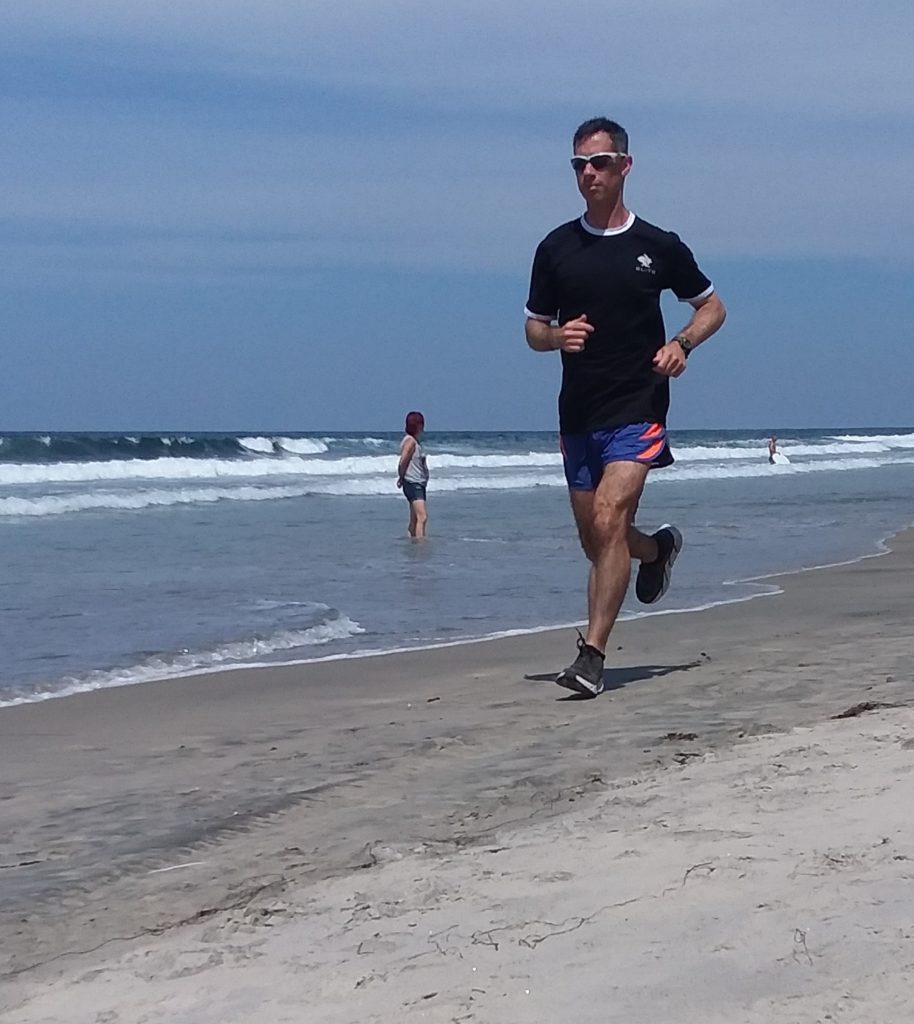I attended a high school known for its swimmers. They were the best in the country, and some of them competed in the Olympics. Before championship swim meets, I could overhear amusing discussions in the hallways about “shaving down” and “tapering” in an attempt to swim faster. As a member of the cross-country and track teams, I was also interested in getting faster. “What were these odd-sounding things,” I wondered. “Could they work for me, too? Do swimmers have a secret?”
A taper is a special case of a recovery microcycle that includes a dramatic reduction in training immediately before an important race. It is a long tradition among swimmers, the most often-studied athletes in regard to tapering. While it’s not necessary for runners to shave all their body hair to run faster, tapering has merit for runners as it does for swimmers. It gives you the opportunity to recover, adapt, and overcompensate to the training you’ve done so you’re prepared to run your best race.
Studies on runners have been limited to 800-meter performance, time to fatigue on a treadmill at 1,500-meter race pace, 5K performance, and treadmill half-marathon performance, which have shown large individual responses to tapering. Despite how popular tapering is among marathon runners, no studies have examined the effects of a taper on marathon performance.
Tapering Guidelines:
1. Make taper long enough that you’re completely recovered from the training, but not so long that you start to lose fitness. 8-14 days is borderline between positive influence of fatigue disappearance and negative influence of detraining.
2. The longer the race, the longer the taper.
3. The more training you’ve done prior to taper, the more you’ll benefit from the taper. You can’t taper down what hasn’t been built up.
4. Drop volume a lot at first by 40-60%, then less so later — a fast exponential taper.
5. Maintain training intensity and frequency.
